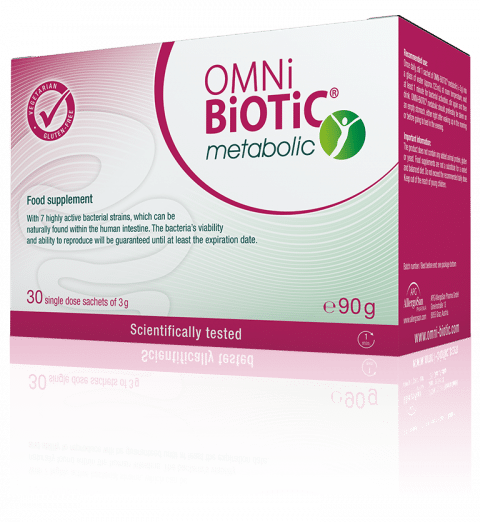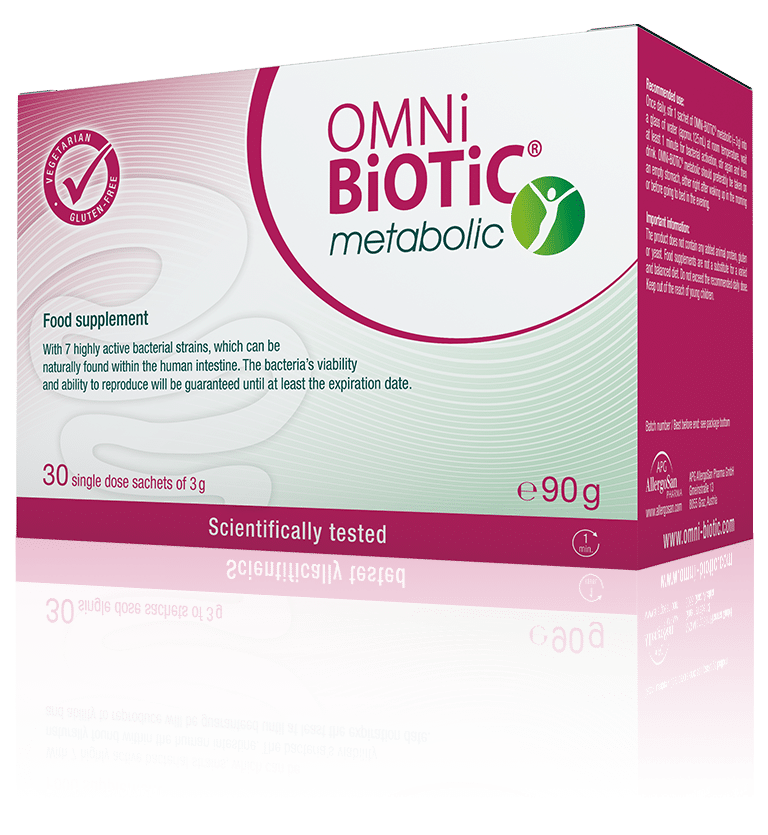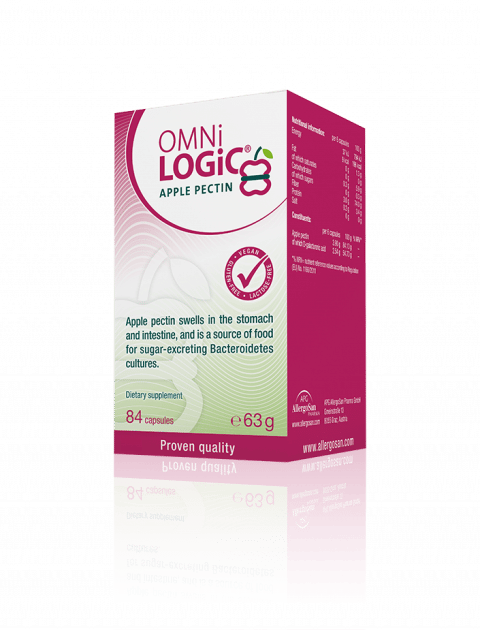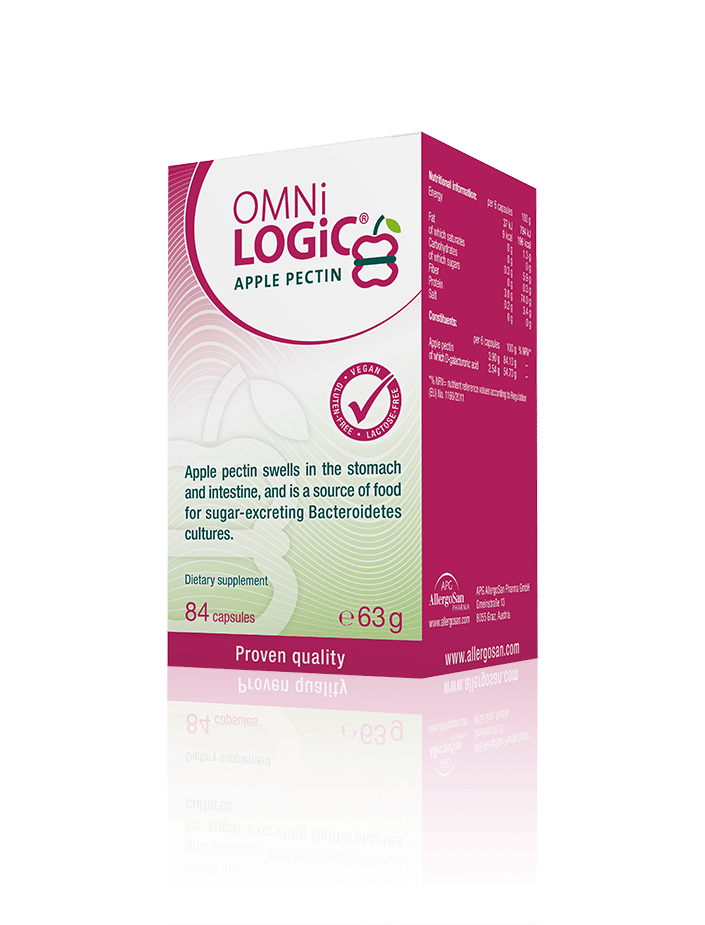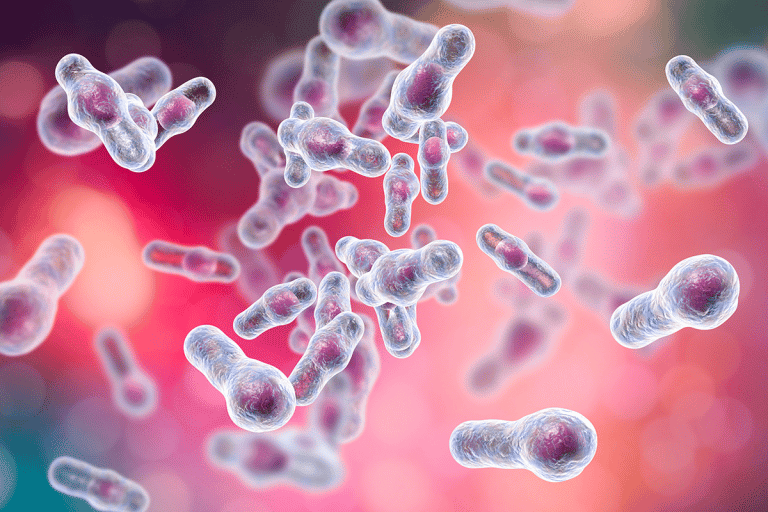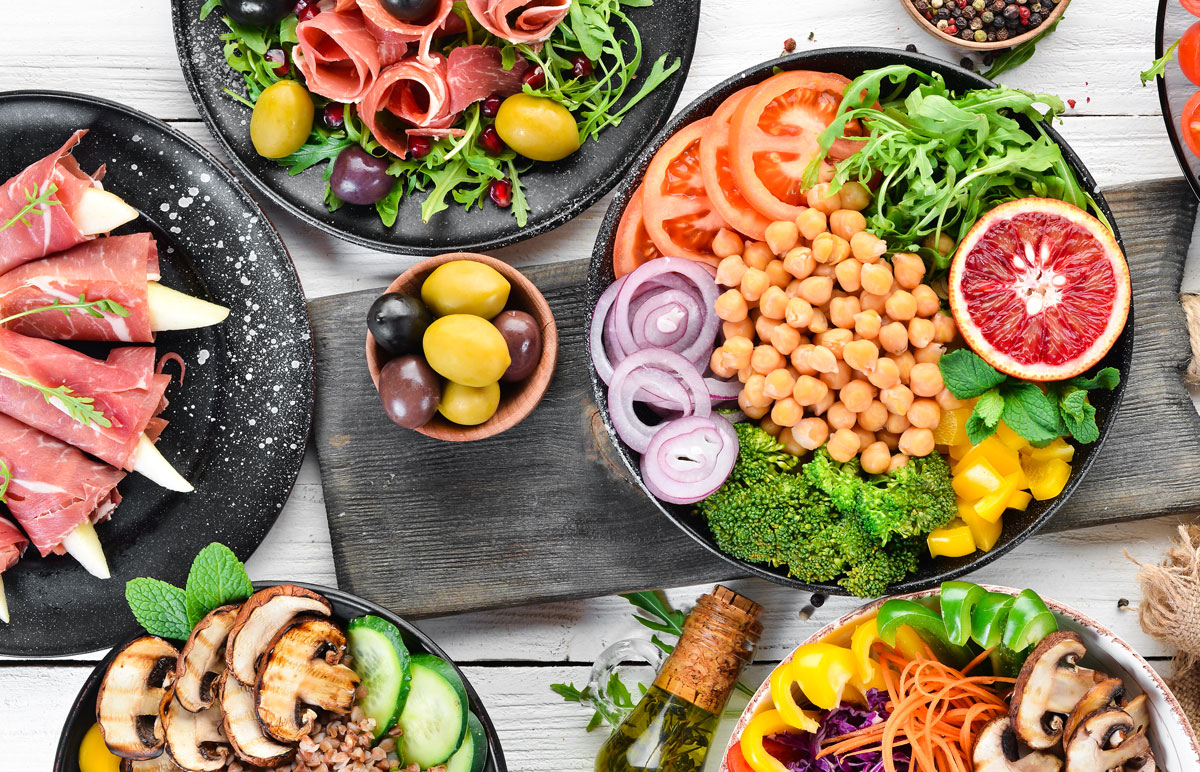
Barbara Seitler, MSc
Modern diets: Which really work?
Whether you aim to lose weight, have a generally healthier diet, or if you are experiencing problems with your digestive tract, stomach problems or intolerances – the reasons for a change in diet can be many. Just as diverse are the diets and trends that have become popular especially in recent years.
 The topic of “healthy eating” fills magazines, blog articles, is strongly represented on social media and also causes heated discussions again and again. But which nutrition trends are out there and how do you find the one that is best suited to you? To get an overview of the diet jungle, here is an overview of the most common and current nutrition trends.
The topic of “healthy eating” fills magazines, blog articles, is strongly represented on social media and also causes heated discussions again and again. But which nutrition trends are out there and how do you find the one that is best suited to you? To get an overview of the diet jungle, here is an overview of the most common and current nutrition trends.
Vegetarian or vegan diet
The “classic” among diets. Vegetarians abstain from eating the meat from animals, but often do eat animal products such as milk, cheese or eggs. However, this diet can be further subdivided depending on how strictly animal products are avoided. Ovo-vegetarians eat neither fish nor meat and no dairy products, but they do eat eggs. In contrast, lacto-vegetarians consume dairy products, but do not eat eggs, fish or meat. Vegans are the “strictest”, as they do not eat any animal products (milk, eggs or honey).
PALEO – the Stone Age diet
People who follow this diet only consume foods that are believed to have been available in the Paleolithic era. The Paleo diet consists mainly of vegetables, meat (especially game), berries, fish, seafood, shellfish, eggs, fruit, as well as herbs, mushrooms, nuts, chestnuts and honey. Milk and dairy products as well as cereals, however, are avoided. Industrially processed foods, such as sugar, alcoholic beverages, or convenience foods should also be avoided. The use of vegetable oils is controversial.
Interval fasting
Intermittent fasting involves taking longer breaks between meals. There are different variations on how long you can eat for and how much you can eat.
- 16:8 method: With this method, which is probably the most widespread, there are 16 hours between the last meal of the previous day and the first meal of the next day. Two meals are eaten during the eight hours in which eating is allowed.
- 5:2 method: Here you eat normally on five days of the week and very little on two days (max. around 650 kilocalories).
- Alternating fasting: Eating normally on one day and only about 25 % of the usual amount of energy on the next day.
 Why is interval fasting effective?
Why is interval fasting effective?
The human body can survive longer periods of hunger, but it reduces energy consumption and begins to break down protein in the muscles after a few days. In contrast to longer fasting cures or crash diets, this problem does not arise with interval fasting. This is because the fasting periods are much shorter and because of the normal intake of food between the fasting periods, the metabolism is not shut down and no muscle mass is broken down.
Low Carb
In low carb diets, carbohydrates are reduced. This means that meals consist mainly of vegetables, dairy products and fish or meat, while pasta, rice, etc. are avoided. Fats and proteins replace the omitted carbohydrates. A distinction can be made here as to what kind of carbohydrate-rich foods are omitted or how much the carbohydrates are reduced. The strictest low carb diet is the so-called ketogenic variant.
Ketogenic diet – away with the carbohydrates
The ketogenic diet is used for example in medicine for therapeutic purposes. The carbohydrate intake is reduced so much that the body does not cover its energy needs from glucose, but from fat and the ketone bodies that are built up in the body from it. These serve as substitutes for glucose. Since many foods are omitted, the ketogenic diet should ideally be practised under medical supervision in order to avoid health risks.
Clean Eating
The basic idea behind this dietary trend is that the consumption of whole foods and the avoidance of industrially processed foods has a positive effect on health. There are therefore actually no ingredients that are decidedly allowed or forbidden. There is a lot of emphasis on fresh food and often also on organic quality. Flavour enhancers, preservatives, colourings and refined sugar are usually omitted. Depending on the interpretation, gluten, cereals or dairy products can also be left off the menu.
 FODMAP – what does it stand for?
FODMAP – what does it stand for?
This acronym stands for “fermentable oligo-, di-, monosaccharides and polyols”. In simple terms, this refers to a group of carbohydrates and sugar alcohols that are found in many foods and are poorly absorbed in the small intestine. In particular, people who suffer from irritable bowel syndrome can benefit from a low-FODMAP diet, according to studies.
After the FODMAPs are poorly absorbed in the small intestine, they quickly migrate to the large intestine where they are fermented by bacteria. As a by-product of this fermentation, gases (e.g. hydrogen) are produced which can lead to discomfort (flatulence, abdominal pain, nausea, diarrhoea and/or constipation). Low FODMAP foods include avocado (watch the amount), blueberries, limes, passion fruit, papaya, lemons and oranges, chickpeas, potatoes, tomatoes, courgette, corn, as well as spelt, buckwheat pasta, oats, rice, gluten-free bread, lactose-free milk, but also Camembert, butter, cheddar and mozzarella. Eggs, fish and poultry can also stay on the menu.
Superfoods
A word on everyone’s lips. Strictly speaking, superfoods are not a nutrition trend per se, but foods (especially fruits and vegetables) that have a higher health benefit than other foods due to their nutrient content. These include the following foods, among others:
Blueberries: this is rich in anthocyanins, which can slow or kill the growth of cancerous cells in the colon.
Acai berry: The flesh of the fruit contains antioxidant substances.
Cocoa: This is said to be able to help lower blood pressure due to its high flavonoid content.
Chia seeds: They are a good source of polyunsaturated fatty acids and protein.
Papaya: Due to its high vitamin C content, this is said to be very rich in nutrients. In addition, the enzyme papain contained in it has a health-promoting effect on the body.
Are diet trends healthy?
There is no general answer to this question. In general, a varied diet is important to avoid nutrient deficiencies. The more foods are left out, the greater the risk of a nutrient deficiency. In addition, the duration of the dietary change also plays a role. Especially if it is to be long-term, this should ideally be discussed with a doctor or qualified nutritionist. Special care should also be taken during pregnancy and breastfeeding.
Furthermore, it should be noted that even with a balanced diet, a dysbalance (imbalance) in the intestinal flora can occur. External influences such as stress, medication, etc. can also lead to a decimation of the body’s own intestinal bacteria and thus reduce their activity. For this reason, it can be helpful to increase the number of bacteria again with medically relevant probiotics. With the help of prebiotics (dietary fibres), the intestinal bacteria can also be provided with their favourite food.
Which diet is right for me?
Again, there is no one-size-fits-all answer. Every person is different and while one diet works great for one person, it may not be suitable for another. Furthermore, it is also important to pay attention to any pre-existing conditions, intolerances, etc., so that no health risks arise from the change in diet.

